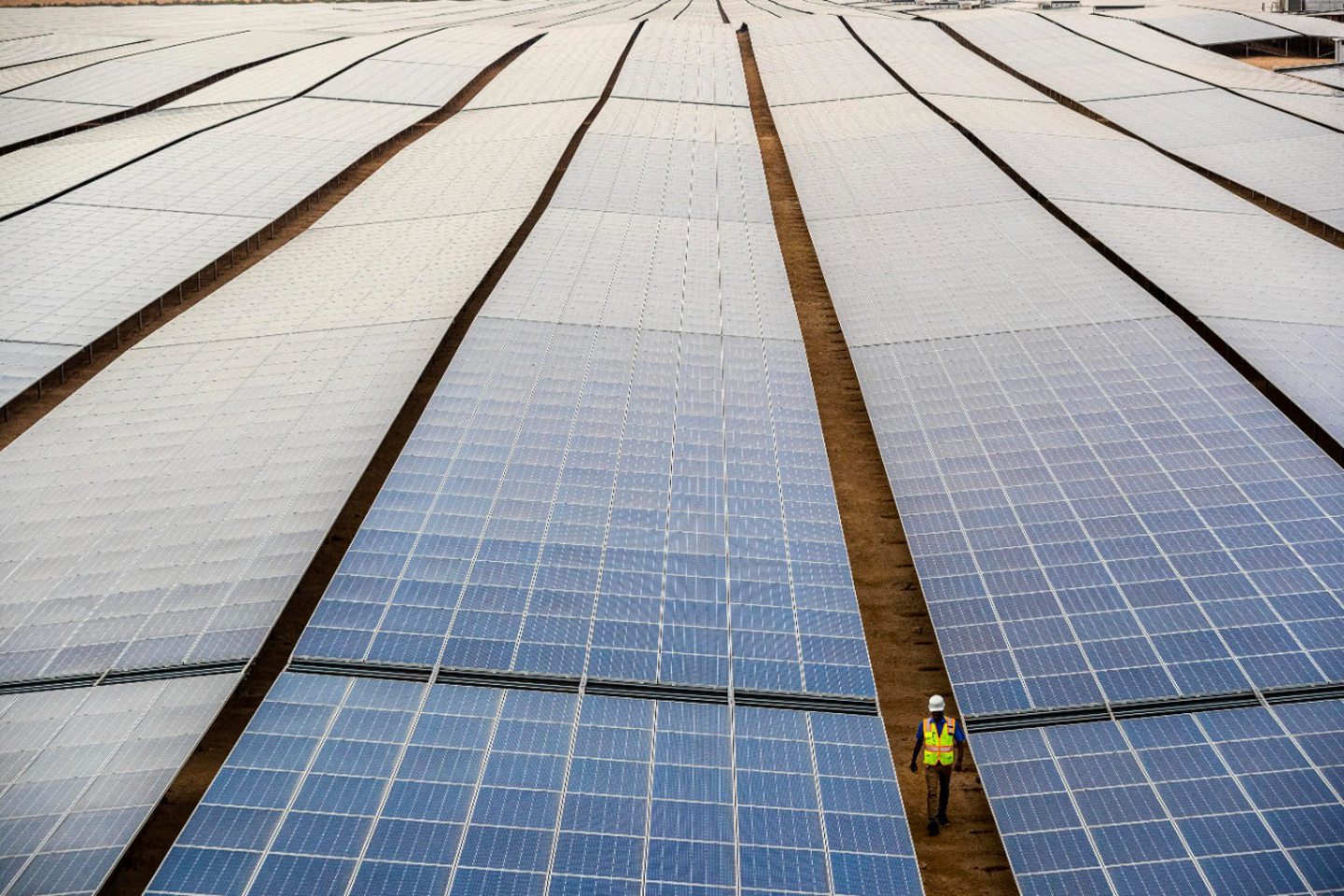
For the first time since the 1940s, global annual electricity production from renewable sources and nuclear energy surpassed 40 percent, reaching 40.9 percent in 2024, according to Ember Energy.
Renewable power saw a 49 percent growth against 2023, adding a record 858 terawatt hours (tWh), the London-based think tank said in a report.
Solar remained the biggest growth contributor for the third consecutive year, with solar generation rising by 29 percent or 474 tWh, enough to meet 40 percent of the global increase in demand, according to the report. Solar was the fastest-growing source for the 20th year running.
“Solar is now so cheap that large markets can emerge in the space of a single year”, the report said, highlighting the case of Pakistan.
“Amid high electricity prices linked to expensive contracts with privately-owned thermal power stations, rooftop solar installations in Pakistan’s homes and businesses soared as a means of accessing lower-cost power”, the report said. The South Asian country imported 17 GW of solar last year to meet this demand, double the amount it imported 2023, according to Ember.
“Within just a year, Pakistan became one of the world’s largest markets for new solar installations in 2024. Pakistan’s case shows that the low-cost, fast-to-build nature of solar power can transform electricity systems at an unprecedented rate.
“Updated system planning and regulatory frameworks are needed alongside this deployment to ensure a sustainable and managed transition”.
Wind generation grew to 8.1 percent of global power production in 2024, while hydropower’s share remained steady at 14 percent. Hydro was the single biggest renewable source accounting for 1,356 tWh or 13.5 percent of last year’s clean power production.
The European Union had the biggest share of wind and solar generation in 2024 at 29 percent, followed by Brazil at 25 percent and China at 18 percent.
“The current expected growth in clean generation would be sufficient to meet a demand increase of 4.1 percent per year to 2030, which is above expectations for demand growth”, the report said.
Power produced using fossil fuels increased 1.4 percent in 2024. “Heatwaves were the main driver of the rise in fossil generation, accounting for almost a fifth (+0.7 percent) of the increase in global electricity demand in 2024 (+4.0 percent), mainly through additional use of cooling”, Ember explained in a statement published separately.
“Without these temperature effects, fossil generation would have risen by only 0.2 percent, as clean electricity generation met 96 percent of the demand growth not caused by hotter temperatures”.
Demand was also driven by AI, data centers, electric vehicles and heat pumps, according to the report.
Overall, coal remained the largest source in 2024. “However, coal has been growing more slowly than electricity demand, leading to its share of global generation falling to 34 percent in 2024”, the report said. “In 2015, 59 countries generated at least a fifth of their electricity from coal, which fell to 40 countries in 2024”.
“Any near-term increases in fossil fuel generation should not be mistaken for failure of the energy transition”, the report said. “As we pass the tipping point where clean generation structurally outpaces demand growth, any changes to fossil fuel generation over the short-term will mostly reflect fluctuations in weather, as seen in 2024 with the impacts of heatwaves.
“But while changes in fossil generation in the short-term may be noisy, the direction and ultimate destination are unmistakable. The global energy transition is no longer a question of if, but how fast”.
To contact the author, email [email protected]























